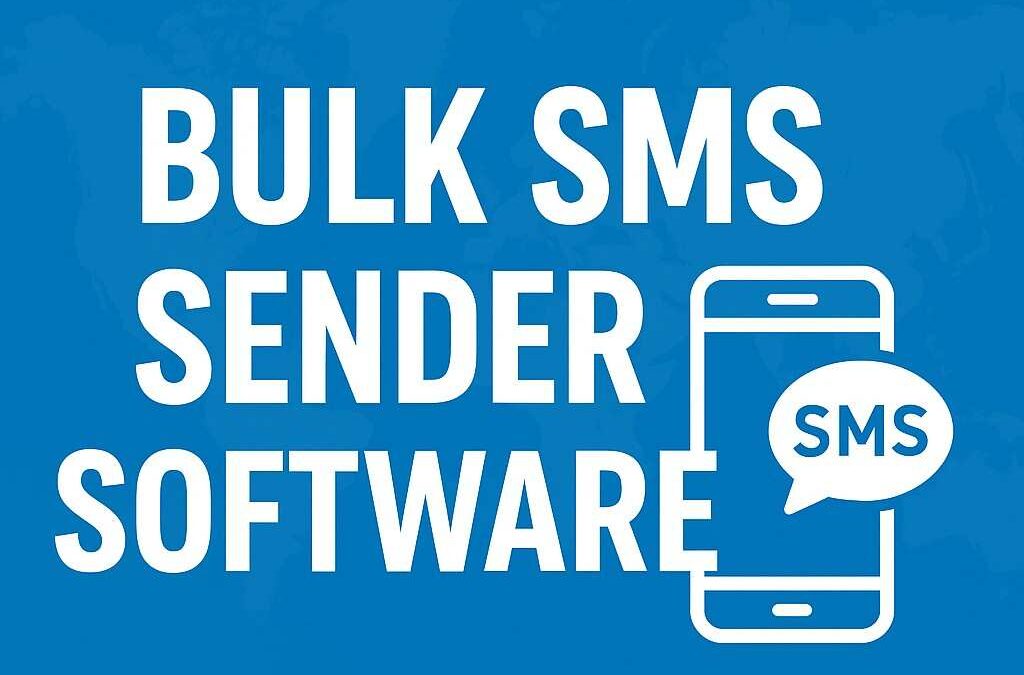In the fast-paced world of decision-making, especially in high-stakes environments like business, healthcare, and finance, understanding how we make choices is essential. This is where JDM Training—short for Judgment and Decision-Making Training—comes into play. It equips individuals and organizations with the tools to recognize, assess, and refine the way they think and decide.
However, even with training, our brains often rely on mental shortcuts, or heuristics, that can lead us astray. While these shortcuts can be efficient, they can also be misleading, resulting in errors in judgment. In this article, we explore the role of mental shortcuts in decision-making, how JDM Training addresses these biases, and why it’s crucial to be aware of them in both personal and professional settings.
Understanding Mental Shortcuts
Our minds are wired to conserve energy. When faced with complex information or a need to act quickly, the brain employs heuristics—simple, efficient rules based on previous experiences. While useful in many cases, heuristics can lead to cognitive biases, or systematic errors in thinking.
Common examples include:
- Confirmation Bias: Seeking out information that supports our existing beliefs.
- Availability Heuristic: Basing judgments on readily available memories rather than all relevant data.
- Anchoring Bias: Relying too heavily on the first piece of information encountered.
- Overconfidence Bias: Overestimating one’s abilities or the accuracy of their predictions.
You might think these don’t apply to you—but that’s the tricky part. Mental shortcuts operate subconsciously, and even trained professionals can fall victim to them if they’re not vigilant.
What Is JDM Training?
JDM Training is designed to help individuals understand and improve how they make decisions. It provides tools and frameworks to recognize cognitive traps, evaluate information critically, and ultimately make more rational choices.
Key areas covered in JDM Training often include:
- Understanding Heuristics and Biases
- Decision-Making Under Uncertainty
- Risk Assessment and Management
- Ethical and Moral Judgment
- Improving Group Decision-Making
The goal is not to eliminate all heuristics—because they are often necessary—but to identify when they might be leading us astray and how to counteract them.
For instance, in business settings, employees might overvalue recent success and ignore warning signs of failure due to the recency bias. JDM Training helps them recognize this and make more balanced assessments.
How Mental Shortcuts Mislead Us
To illustrate how mental shortcuts can be misleading, let’s explore a common scenario:
Imagine a hiring manager reviewing resumes. She’s short on time and scans quickly, giving more weight to candidates from prestigious universities. This is an example of the representativeness heuristic—assuming that someone from a well-known institution must be highly competent.
But what if she overlooks a candidate with exceptional skills from a lesser-known school?
This decision-making process is efficient but flawed. The mental shortcut may save time, but it could lead to a less-than-optimal hire. Multiply this by dozens of decisions daily, and the impact can be significant.
Now, consider how this applies in fields like medicine or law enforcement. A doctor may diagnose a patient based on the most common symptoms (availability heuristic) without thoroughly exploring less obvious but more serious conditions. A police officer might subconsciously profile individuals based on previous experiences rather than objective evidence.
In each case, the cost of being misled by heuristics can be high. That’s why JDM Training is not just useful—it’s essential.
The Role of JDM Training in Reducing Bias
So how exactly does JDM Training help combat the pitfalls of mental shortcuts?
1. Awareness and Identification
The first step is awareness. Many people don’t even realize that biases affect their decisions. JDM Training introduces participants to the full spectrum of cognitive biases and shows how they influence everyday thinking.
2. Analytical Frameworks
Trainees learn structured approaches to decision-making, such as decision trees, cost-benefit analysis, and probabilistic reasoning. These tools help shift thinking from intuitive to analytical.
3. Scenario-Based Learning
Real-world scenarios and simulations are often used in JDM Training to help participants recognize when they’re falling into mental traps. This practical application strengthens understanding and retention.
4. Feedback and Reflection
An essential part of JDM Training is reviewing decisions and reflecting on what influenced them. This feedback loop promotes continuous improvement and helps embed new, more effective thinking patterns.
If you’re interested in how this works in a real-life setting, check over here to explore examples of JDM Training applied in organizations across different industries.
Why Businesses Should Invest in JDM Training
The benefits of JDM Training go beyond individual development. Organizations that invest in this training often report:
- Improved strategic decision-making
- Better risk management
- Enhanced team collaboration
- Reduction in costly errors
- Increased confidence in leadership
From hiring and investments to marketing and customer service, better decision-making translates directly into better outcomes. If you’re wondering how it might fit your organization, Find Out More about tailored training programs that suit different industry needs.
Conclusion:
Mental shortcuts are a natural part of how we process the world. They help us make quick judgments—but they also open the door to misjudgments. Through JDM Training, individuals can become more conscious of their thought patterns, make better choices, and avoid common pitfalls.
Whether you’re a professional, a manager, or a business owner, understanding how heuristics affect decision-making is not just academic—it’s practical and powerful.
If you’re ready to take your decision-making skills to the next level, Find Out More about how our programs work or contact us today to start the conversation.







0 Comments